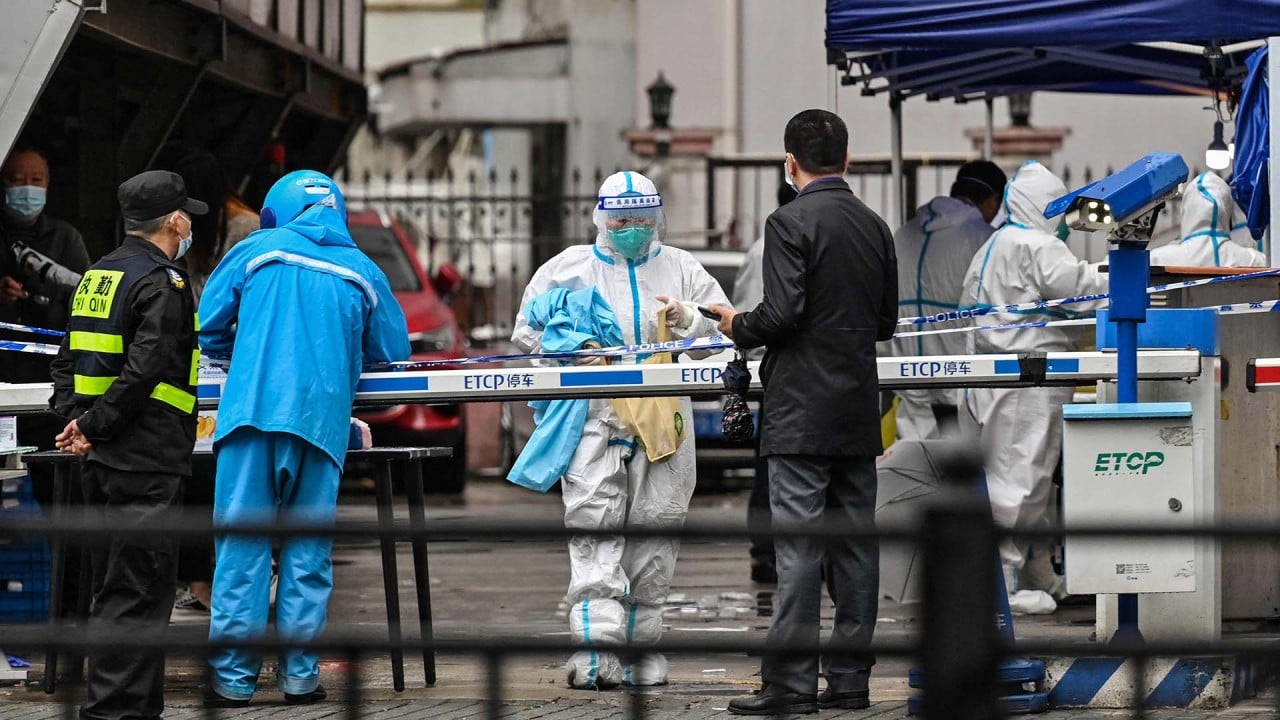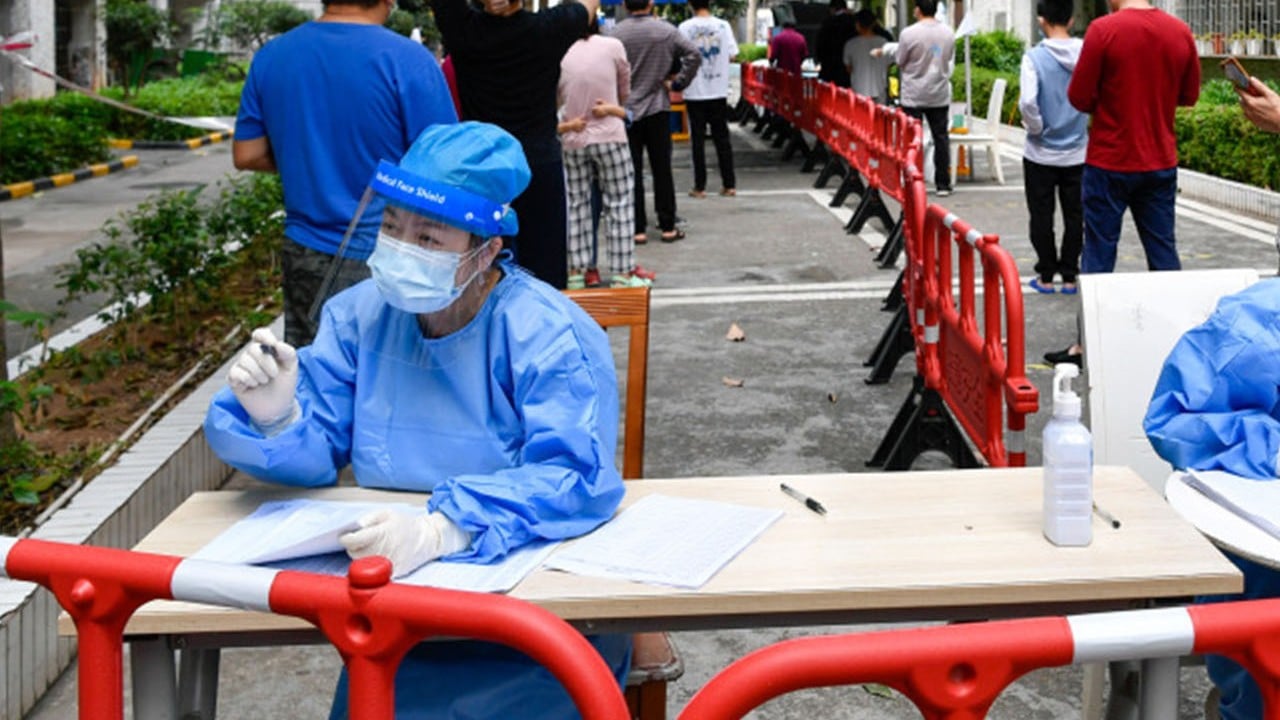
No shift in China’s zero-Covid response until big pandemic picture changes: top mainland expert
- Liang Wannian says factors both inside China and overseas must be reviewed before China alters its strict zero-Covid response
- He says the large proportion of asymptomatic infections can be attributed to China’s effectiveness in disease prevention and control
Liang said China would review factors collectively, including the degree of harm being caused by the virus, when weighing up changes to pandemic strategy or a return to normal.
“I know everyone is hoping for the pandemic to end soon, but the viruses and diseases themselves do not depend on our will,” Liang said.
He said potential developments included the virus mutating into a weaker pathogen with low transmissibility and virulence, posing less danger to health and life. This would be the best-case scenario.
Another possibility was that vaccines became so effective they prevented not only severe illness, more severe clinical outcomes and death but stopped infection altogether. Future Covid-19 drugs might block the disease at an early stage, Liang said.
“Globally, the epidemic in other countries [potentially] decreases and eases pressure on us to prevent outbreaks coming from overseas,” he said.
Shanghai hit by record Covid-19 surge as China combats growing outbreaks
On Tuesday afternoon, Liang said China would still need to stick to its “dynamic zero-Covid” approach because cases were climbing in neighbouring countries and domestic outbreaks were frequent and widespread, putting pressure on its efforts to stop cases from overseas causing large-scale outbreaks in the country.
He said the number of infections in China was “extremely few” considering its population of 1.4 billion.
Liang said “lying flat” – moving away from zero-Covid and living with the virus – would undo all the achievements of the past, especially when medical resources were unevenly distributed between city and country areas and between regions, some vulnerable populations were not yet fully vaccinated or given a booster dose and the Omicron variant had spread so quickly.
On Tuesday, China reported 2,281 locally transmitted symptomatic Covid-19 cases and a further 2,313 asymptomatic infections. About half the reported infections in recent days are yet to develop symptoms which Liang attributed in part to the strong intervention measures.
“They probably would have developed symptoms, but because we intervened and treated them in time to interrupt the disease course, they did not develop symptoms,” Liang said.
“You can’t assume the high proportion of asymptomatic infections is due to the virus itself. A significant portion … is due to the effectiveness of our prevention and control.”
He said one person infected with the Omicron variant would pass it to six to eight others and, without intervention, would the transmission spread exponentially.
Even though it caused less severe diseases than the Delta variant, Omicron would still cause a large amount of severe illness and death because of China’s large population, placing a huge burden on the health system.
“Sticking to the dynamic zero-Covid strategy provides us a time window. When we advance vaccination and technology, including development of drugs and vaccines, I think we might reach a time that Omicron mutates to a milder, less transmissible and virulent strain, which will be the best opportunity for us,” Liang said.
With large numbers of patients reporting mild symptoms or none at all, China has changed its Covid-19 treatment guidelines to exempt them from hospital treatment to free up medical resources for seriously ill patients.
Coronavirus surging in Europe due to fewer curbs and subvariant
Jiao Yahui, from the National Health Commission, said each province had been asked to build “at least two or three” makeshift hospitals or to draft plans for these facilities to be built and ready to use within two days’ notice.
Jiao said China had already built 20 of these hospitals and had a further 13 under construction in 19 cities, providing up to 35,000 beds.
“These established makeshift hospitals have played a very good role in the rapid admission of asymptomatic and patients with light symptoms during outbreaks. They effectively relieved the pressure on local medical resources and ensured normal medical services,” Jiao said.
In Jilin’s capital Changchun on Monday, Vice-Premier Sun Chunlan called for cases to be isolated within a day of identification to block the chain of transmission.
In Shanghai, daily infections continue to surge with 31 local symptomatic cases and 865 asymptomatic infections reported, with nearly 87 per cent of those detected in people already in quarantine, according to the Shanghai health authority.



